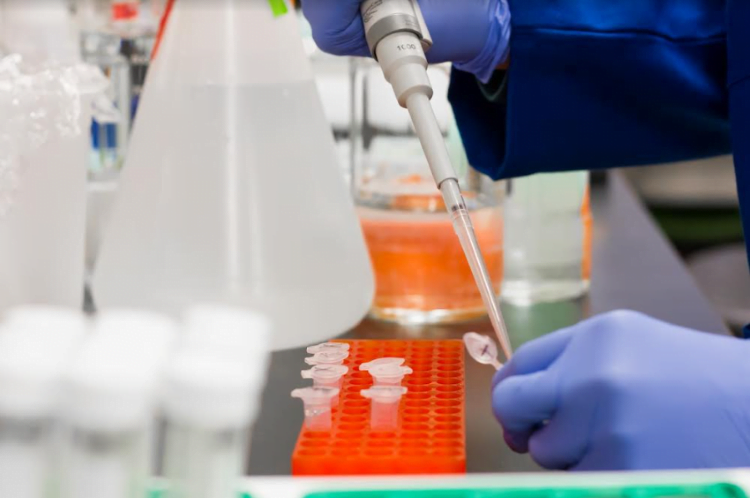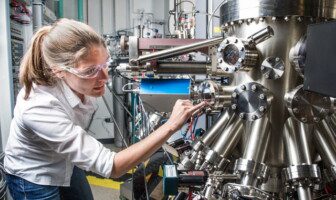
A liquid handling robot is a laboratory automation system that is designed to perform a wide range of tasks related to liquid handlings, such as dispensing, mixing, transferring, and aspirating liquids.
These robots are commonly used in various fields, including biology, chemistry, and pharmaceuticals, to perform repetitive and precise tasks with high accuracy and efficiency.
There are several types of Liquid handling robot, each designed for specific applications.
4 common types of liquid-handling robots

Some of the most common types include:
1. Multi-channel pipetting robots:
These robots are designed for high-throughput pipetting applications, such as 96- or 384-well plate handling. They are equipped with multiple pipette heads that can aspirate and dispense liquids simultaneously.
2. Automated liquid handling workstations:
These robots are designed for a wide range of liquid handling applications, including mixing, dispensing, and transferring. They can be configured with different pipette heads, dispense tips, and other accessories to handle various types of liquids and containers.
3. Microfluidic robots:
These robots are designed to handle very small volumes of liquid, typically in the microliter or nanoliter range. They are commonly used in applications such as genomics, proteomics, and drug discovery.
4. High-throughput screening robots:
These robots are designed for large-scale screening applications in drug discovery, where they can dispense and transfer liquids between multiple wells in a high-density plate format.
Robotics arm:
This is a motorized arm that moves the pipetting mechanism and other components to different locations within the laboratory workspace.
Conclusion
The choice of liquid handling robot will depend on the specific needs of the application, including the types of liquids being handled, the required volume, and the desired level of precision and automation.
Liquid handling robots can increase productivity, reduce errors, and improve data quality, making them valuable tools in many laboratory settings.
Read Also:




























